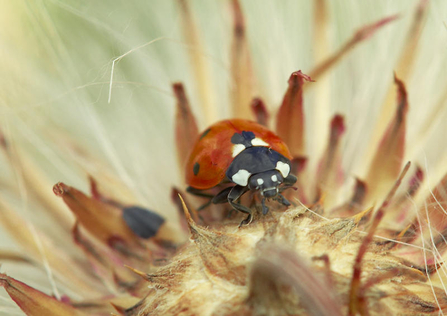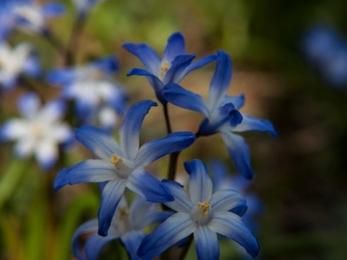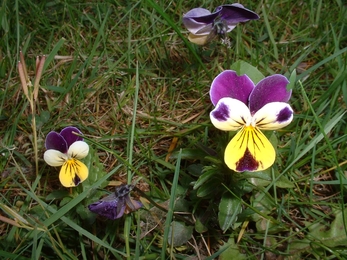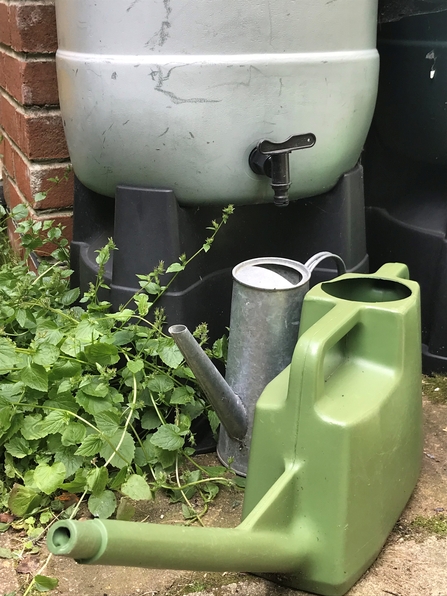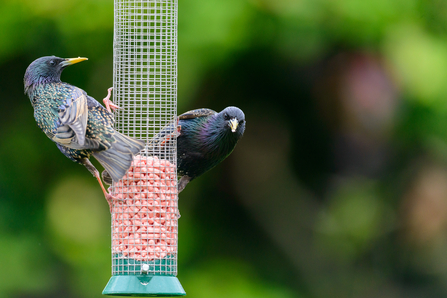Welcome to the October edition of our wildlife-friendly gardening blog. At the arrival of autumn, gardeners used to think about ‘tidying’ everything up - removing the dead stems of perennials, cutting off spent flower heads and clearing leaves. Thankfully, many people now recognize that leaving this material in-situ creates nooks and crannies where pollinators can hibernate.
Ladybirds snuggle down in seed heads such as Echinops, poppies and Phlox, while hollow stems may be home to larvae of pollinators like solitary bees. Leaf litter and plant debris provide a safe place for other gardener’s friends such as predatory ground beetles and spiders. Tussocks of grass are important for lots of butterflies (meadow brown), moths (shuttle-shaped dart) and bees (carder bees). Queen bumblebees seek out old mouse holes in quiet areas, or gaps under stones or logs in north facing banks. Give a boost to our declining insect population and leave any ‘tidying’ until the first signs of spring - we can achieve quite a bit for wildlife by doing very little now!


